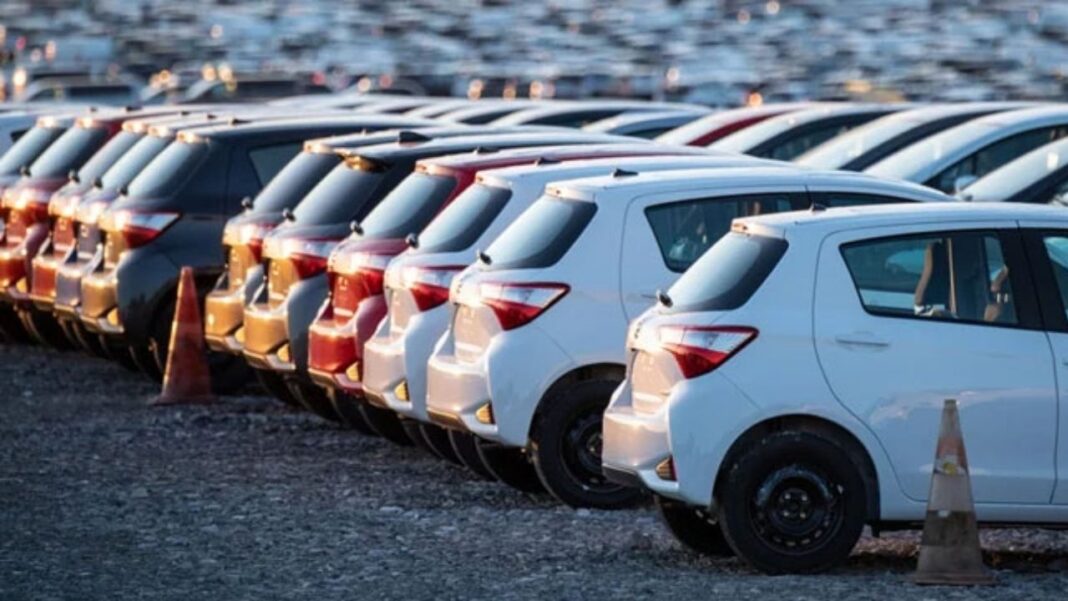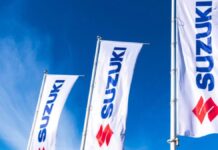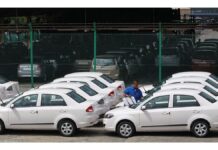In a significant transformation of Pakistan’s automobile landscape, the once-dominant low-end car market has given way to a surge in the popularity of luxury vehicles. Market dynamics have shifted dramatically over the past few years, with low-end cars now costing double what 1300cc cars did just five years ago.
One of the primary reasons behind this shift is the massive depreciation of the Pakistani rupee, which has made it increasingly difficult for low-end consumers to afford cars. The price of entry-level vehicles has skyrocketed, going from one million rupees six years ago to a staggering four million rupees today. Even the 1300cc cars, considered more affordable, have seen their prices nearly double since 2017.
Relevant Read: Al-Haj Automotive Raises Proton Cars Prices, Adding to Challenges Faced by Pakistan’s Car Industry
Asghar Jamali, the CEO of Indus Motors, pointed to several factors contributing to the apprehension among consumers who once aspired to upgrade from two-wheelers to small cars. Rising vehicle prices, an abnormal increase in bank markup rates making leasing options less attractive, and the extraordinary surge in petrol prices have all combined to create uncertainty among potential buyers.
In the current economic conditons, approximately 70 percent of potential car buyers have put their plans on hold. Only the top 30 percent of consumers, classified as high-end, can still afford to purchase cars regardless of the price. Among these, 20 percent make cash purchases, while the remaining 10 percent rely on leasing facilities. However, this 10 percent is now hesitant to commit to car purchases due to the current high markup rates, which are expected to rise further given the prevailing high inflation.
Industry insiders believe that a true revival in car production will only occur when low-end consumers regain confidence in purchasing small cars. Unfortunately, they predict that such a resurgence is unlikely to happen within the next five years.
The economic challenges in Pakistan coincide with increased competitiveness in the industry. New entrants like Kia, Hyundai, and Chinese automakers recognized the market’s shift toward high-end and luxury cars. Consequently, they have primarily focused on offering SUVs and more luxurious models.
Despite domestic car production exceeding 250,000 units, the industry has experienced steep declines after every peak, often due to shifts in government policies, pandemics, or, currently, an economic downturn.
Nonetheless, the industry remains cautiously optimistic about a future revival, albeit a slow one. They emphasize the need for a significant reduction in bank markup rates to single digits to stimulate demand, as approximately 30 percent of car sales traditionally rely on leasing, which has slowed to a trickle under current high markup rates.
Additionally, industry players express concern over the high government duties imposed on locally assembled cars. They point out that a locally produced car valued at Rs20 million carries a government tax of Rs10 million, largely due to regulatory duties introduced through the finance bill in the budget. They also note that a similar tax was imposed on used cars under an SRO (Statutory Regulatory Order), which expired in March of this year. Imported cars cannot be subjected to regulatory duties until the same SRO is renewed, leading to the increasing commercial viability of imported used cars in Pakistan.
Industry observers question the persistence of such anomalies in government regulations and emphasize the need for reforms. They also highlight the illicit use of hawala money to finance the import of used cars, irrespective of government regulations, casting a shadow over the industry’s efforts to achieve stability and growth.


















